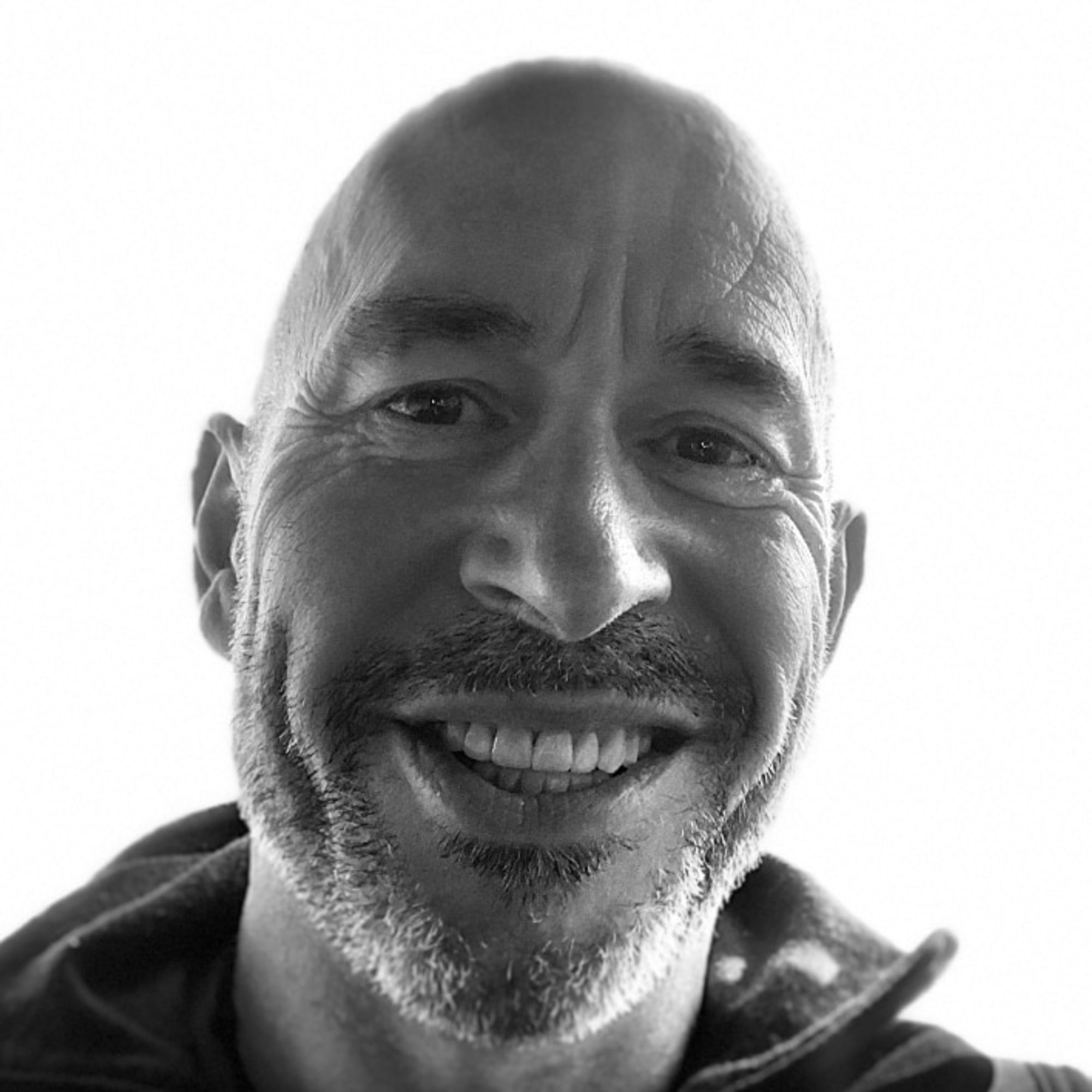Tags
Ready to Publish
Ready to Publish
Publish Date
Jun 29, 2021
Slug
Excerpt
Related Posts
Featured
Featured
External Link
Extra Info
Status
Scheduled
:Source URL
bear://x-callback-url/open-note?id=F52E1CB9-B168-46D6-99EF-0BF38F0F9513-9214-000002F40DDC0FE7
:Priority
Authors
Dyads are systems that have 2 terms or nodes which complement or oppose one another in some way. Dyads reduce complexity and choice and eliminate nuance which makes them unconsciously attractive to minds seeking to reduce the uncertainty of life. In philosophical terms the most common dyad is the Cartesian distinction between subject and object. But dyads as models or maps of reality are simplifications that inevitably create conflict as this is inherent in their characteristic polar nature.
The fundamental shortcoming of the dyad can be seen in its bigger brother the Triad. In the Triad the larger c and is that it never sees the larger context within which both sides of a system exist. Opposite thinking is a fundamentally dyadic way of relating to the world
Dyadicism a core limiting worldview of our times. We see it in the political divide between right versus left or capitalism versus communism.
- The cartesian “subject-object dyad” denies the notion of meaning (MPo) or agency (MPa)
- A dyad can never resolve itself because neither can see through the eyes of the other. Only a triadic system can do this.
- Politics is based in the dyad
Dyadicism
. And triadic models such as /Meaningful Participation/ & /Self Authorship/ are the antidote.

Ref
- [[@Meaningful Participation - Notes]]
- [[5 Competencies of Self Authorship]]

